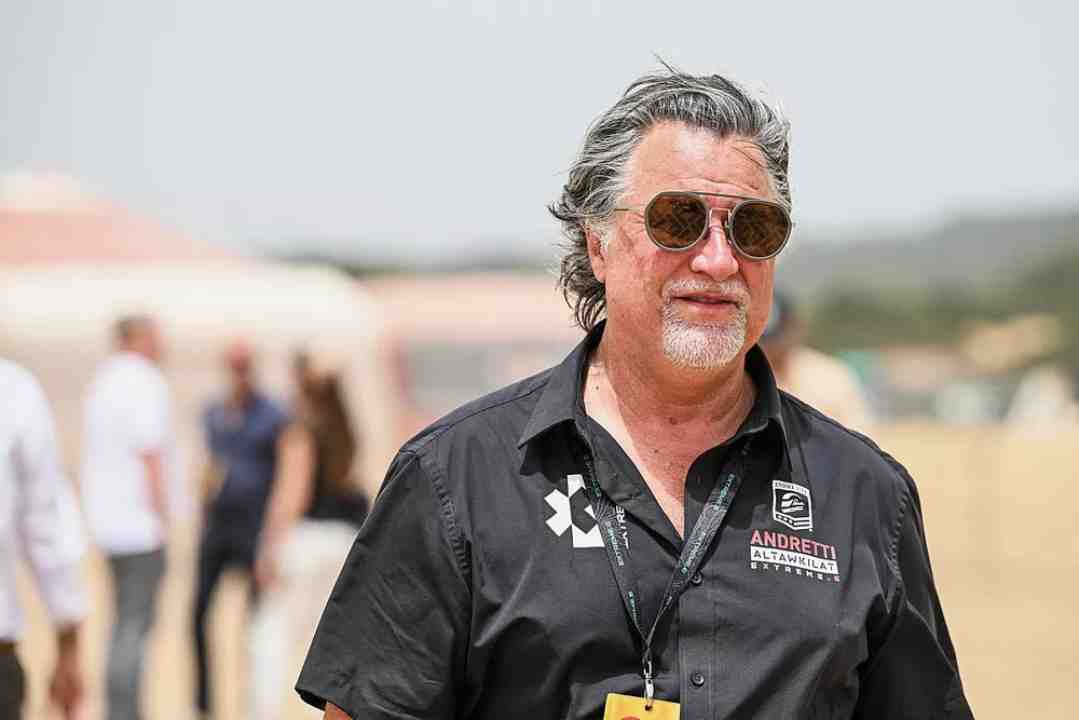Andretti’s road to Formula 1: Challenges and hurdles

The Ambitious Bid
Andretti, known for its rich motorsport heritage, faces perhaps its most formidable challenge yet—a bid to enter Formula 1. While the team has demonstrated its worthiness in terms of sporting prowess, technical competence, and financial viability, securing a deal with Formula One Management (FOM) is proving to be an arduous task. The existing ten Formula 1 teams are applying significant pressure, casting a shadow of doubt over Andretti’s aspirations.
The Anti-Dilution Fee Conundrum
Central to the conflict is the anti-dilution fee, established at a substantial $200 million. Any new entrant must pay this fee in full to earn a place on the grid. This fee is then distributed among the existing teams, with each receiving $20 million, effectively serving as a form of compensation for potential revenue losses related to prize money, TV rights, and sponsorship. Existing teams are adamant that this fee should be raised to approximately $600 million to match the increasing value of their franchises.
Existing Teams’ Divergent Interests
The existing teams are firmly rooted in their own interests, and supporting the entry of an 11th team is met with resistance. Some teams are open to the idea if it contributes to the overall growth of Formula 1, while others believe that new entrants should buy existing teams, provided they are willing to sell. The debate over whether Formula 1’s infrastructure can accommodate another team adds to the complexity.
Moreover, the FIA and FOM, once unified in their stance on new team admissions, now exhibit divergent approaches. FIA President Mohammed Ben Sulayem has been keen on expanding the grid, while FOM, under Stefano Domenicali’s leadership, insists that any new team must add substantial value to the championship. This divergence has set the stage for a rigorous evaluation of Andretti’s candidacy.
Andretti’s Value Proposition
Andretti has made strides in securing support, notably from General Motors (GM) with its Cadillac brand. While not a full manufacturer entity, GM’s backing adds an American flavor to the team—a potential asset for Formula 1’s growth in the US market. Andretti has also enlisted seasoned F1 engineers, invested in facilities in the US and the UK, and garnered sponsorship interest from Gainbridge, a subsidiary of Group 1001. However, the team must still prove its ability to “add value” to Formula 1, as per Domenicali’s criteria.
Ultimately, Andretti’s fate hinges on financial transparency, the value of its acquired brands, and F1’s willingness to embrace new entrants. Negotiating under the current Concorde Agreement, set to expire in 2025, presents its own challenges, and pressure from existing teams could prolong the process. The outcome remains uncertain, with the potential for legal disputes if Andretti’s bid is denied for vague reasons by FOM. In this high-stakes battle, Andretti’s journey to Formula 1 is anything but straightforward.





